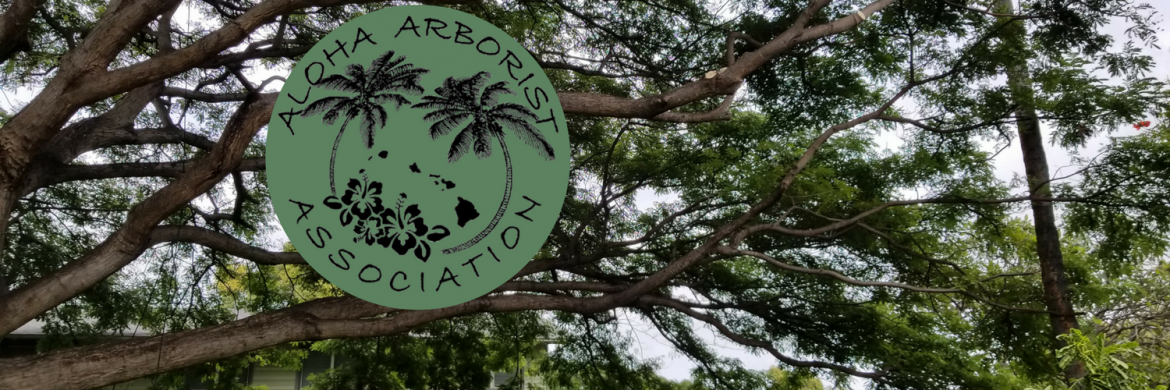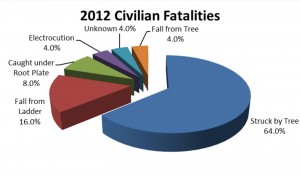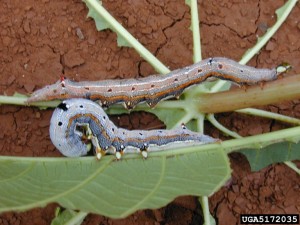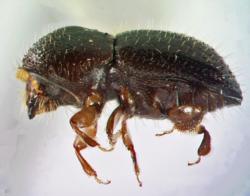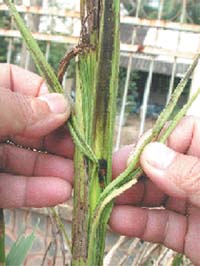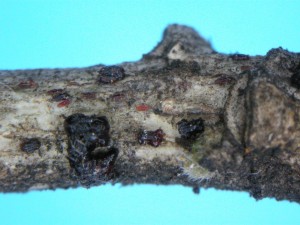Kauai Landscape Industry Council (KLIC), in cooperation with the Garden Island Resource Conservation & Development, Inc. and Kauai Community College, will be offering a series of classes in August 2013 designed to help students prepare for and pass their Certified Tree Worker exam. For more information, click here for the flyer
Category: News
Apr 25
What Kills Tree Care DIY-ers?
A summary of 2012 fatal accidents to homeowners performing tree care. The Tree Care Industry Association reviewed 47 tree care accidents involving civilians reported in the media in 2012. Of these, 25 were fatal. The average age of the “tree care do-it-yourselfer (DIY-er)” victim was 58. In the fatal accidents, the average age was even …
Apr 21
2013 LICH trade show booth & sponsorship info and registration packet
The 2013 LICH Conference and Trade Show has been scheduled for October 10th at the Neal Blaisdell Center. If you are interested in sponsoring the Conference or in having a booth at the trade show, you can download the 2013 LICH Conference and Trade Show Booth and Sponsorship information and registration packet for more information. …
Apr 19
Urban Forestry Emergency Operations Planning Guide Available
The new Urban Forestry Emergency Operations Planning Guide for Storm Response (UFEOP Guide) is now available according to Smart Trees Pacific. For the flyer announcement, click here. For the cover letter, click here. To view the actual UFEOP Guide, visit www.smarttreespacific.org and click on Urban Forestry EOP Guide. The project was funded by a grant …
Apr 16
March 2013 Pest of the Month – Croton Caterpillar (Achaea janata)
Distribution: Widespread throughout the tropical and subtropical Pacific, in Australia, and Asia Hosts: Croton, castor bean, Ficus, macadamia, and others. Damage: Caterpillar feeds on the leaves of hosts, leaving veins and petioles Control (a) There are several biological controls in Hawaii. (b) Some chemical control has been achieved using pyrethroids insecticides. Reference: Achaea …
Mar 18
February 2013 Pest of the Month – Polyphagous Shot Hole Borer (Euwallacea sp.) and Fusarium Dieback (Fusarium sp.) (PEST ALERT)
Distribution: Southern California. Widespread in Los Angeles and Orange Counties. Believed to have originated in Southeast Asia or Africa. This species appears to be a new, unnamed species so not much is known. It has also been found in Israel where it has done severe damage to avocado groves. Hosts: Avocado, castor bean, others. Attacks …
Feb 26
Pest of the Month January 2013 – Coconut Leaf Beetles (Brontispa longissma – PEST ALERT & Brontispa chalybeipennis – in Hawaii)
Most of the info below is for B. longissma. Distribution: Native to Indonesia andPapua New Guinea. Found in Australia, many Pacific Islands, Malaysia, Singapore, Cambodia, Laos, Thailand, Vietnam, the Maldives, Myanmar, and China Hosts: Coconut palms preferred, attacks more than 20 palm species including royal palm, Alexandra palm,Californiafan palm, Mexican fan palm, bottle palm, Chinese …
Feb 07
Lobate Lac Scale Update
The Hawaii Department of Agriculture (HDOA) has requested that the green waste generated from pruning or removing a Lobate Lac Scale (LLS) infested plant be left at the site where it originated to reduce the risk of spreading this pest around Oahu. For example, chipped green waste from a tree can be left as …
Feb 01
Pest of the Month October 2012 – Potassium Deficiency of Palms
Symptoms: Light-colored or brown necrotic speckling, and scorching of the leaf tips or margins. Show on lower, older leaves first. Advanced symptoms include reduced crown size and smaller trunk diameter (penciling). New leaves may be small, frizzled, and chlorotic. Plant death is possible. Causes: Soil is infertile and inherently low in K Potassium in soil …
Feb 01
Lobate Lac Scale – A “Most Unwanted” Pest
Lobate lac scale (Paratachardina pseudolobata) was discovered on Oahu at Moanalua Gardens during the Hawaii Tree Climbing Championship the first weekend in October 2012. To the large gathering of arborists, it was obvious that something was wrong with a weeping banyan (Ficus benjamina) there. It had major dieback and the part that wasn’t dead was …
